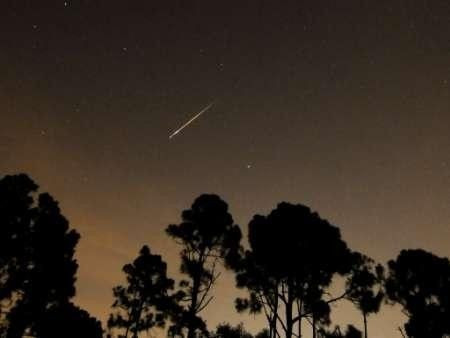Huge Asteroid That Could Wipe Out Human Life Is Heading Towards Earth, Scientists (Watch Video)
Scientists say The Asteroid Would Cause Tsunamis, Earthquakes and Climate Change

Researchers at the University of Tennessee had been studying Asteroid 1950 DA that could destroy the planet if it hits Earth. The chances of the space rock's collision with Earth is one in 300. The scientists predict that the asteroid that is travelling at 14.5km (9 miles) per second may hit Earth and wipe out human life on March 16, 2880
Scientists cannot be accurately state if the asteroid would definitely hit Earth, but they say the chances are bleak. If it does, it would cause devastating impact because it would hit with a force of around 44,800 megatonnes of TNT. That explosion would cause tsunamis, earthquake and change the climate of the globe, ultimately wiping out the human race. The asteroid has a diameter of one kilometer and is travelling at 61,155km (38,000 miles) per hour
According to the University of Tennessee, "Previous research has shown that asteroids are loose piles of rubble held together by gravity and friction. However, the UT team found that 1950 DA is spinning so quickly that it defies these forces."
Ben Rozitis, a postdoctoral researcher, said that they found the 1950 DA's rotation to be faster than the breakup limit for its density. He explained that there is an assumption that if gravity is holding this rubble pile together, it would fly apart. "Therefore, interparticle cohesive forces must be holding it together."
The speed of its rotation is so high at the equator that it experiences negative gravity. Rozitis pointed to the February 2013 asteroid impact in Chelyabinsk, Russia. He said that after that incident, the urge to study and deal with the consequences of an asteroid collision had increased significantly among the scientists.
In Chelyabinsk, nearly 1,500 people were injured due to an undetected meteor that exploded over the city. The explosive energy was 30 times more than the Hiroshima bomb. It injured people, some suffered eye damage by just looking at the intense fire ball.
To stop the asteroid 1950 DA that researchers describe as a gravity-defying space rock, they are trying to look at different strategies. Scientists are thinking about breaking the asteroid before it gets to Earth. "Understanding what holds these asteroids together can inform strategies to guard against future impacts," Rozitis stated.
The year 2880 is a long way ahead and scientist are confident that they can definitely find a solution by then. They plan to make small changes to its outer surface, this would disrupt the forces holding it together, ultimately causing it to break in outer space itself.
The findings were published in the science journal Nature.





















